3 Things I Really Loved About Netflix's Castlevania: Nocturne, And 2 Things I Didn't Love So Much
Whip it. Whip it good!
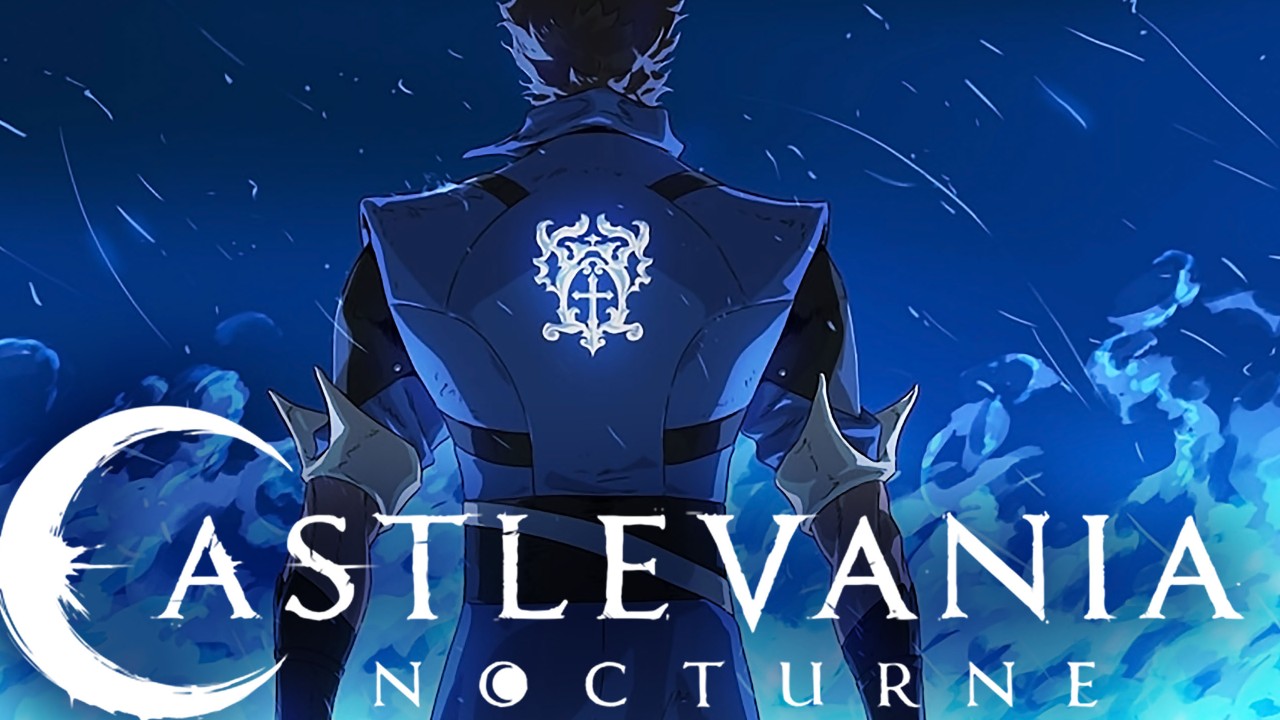
I love Castlevania, and I love animation. So, Castlevania on Netflix is a match made in vampire Heaven for me.
I fell head over heels for the first Castlevania series on Netflix, where I ranked the 10 best episodes, so I was super stoked for its standalone sequel, Castlevania: Nocturne, since it was dealing with a period of the franchise that I was deeply familiar with.
And now, after binging all 8 episodes in a single night, I have feelings about the show. There were some things that I loved about it, and some things that I didn’t quite love about it. Let’s discuss.
Oh, and spoilers up ahead for the ending of the season. You’ve been warned.
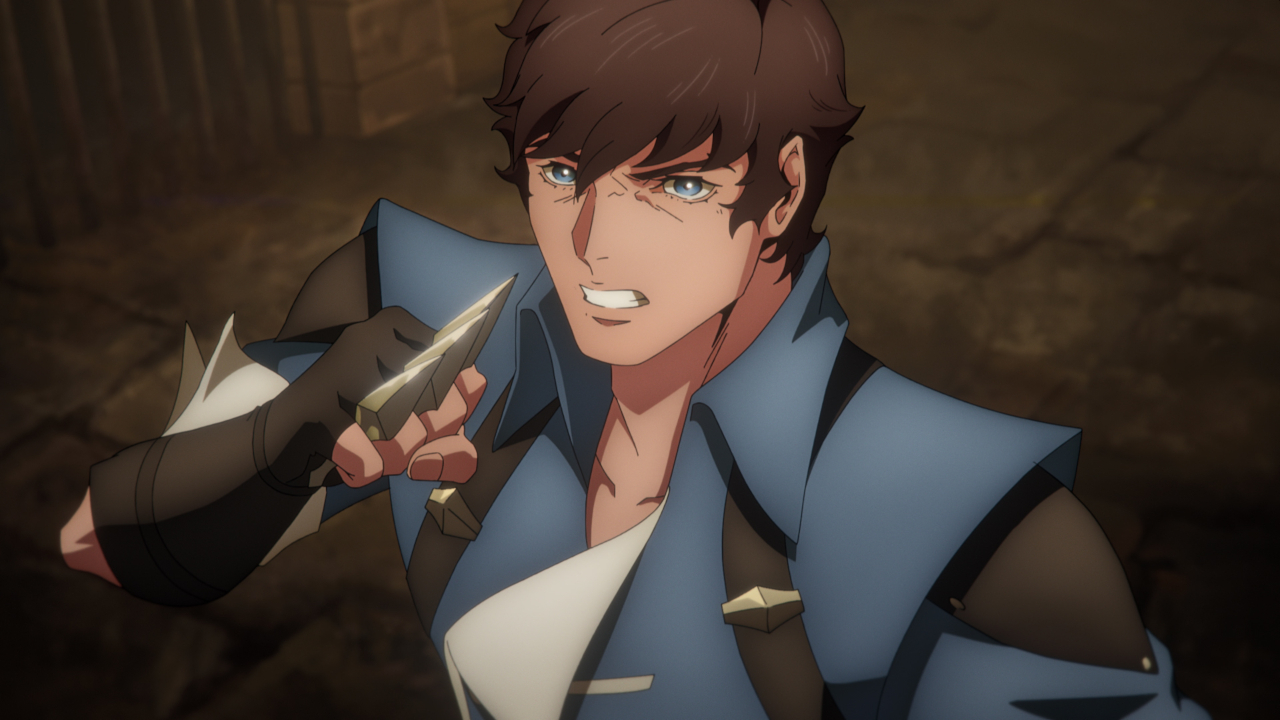
Thing I Loved: How It Connects To Castlevania's Rondo Of Blood And Symphony Of The Night
I mentioned up top how I’m deeply familiar with the time period presented in Castlevania: Nocturne, and that’s because it centers around Richter Belmont, who’s in my two favorite Castlevania titles, Castlevania: Rondo of Blood (AKA, Dracula X, for those of us who played the vastly inferior SNES version first like I did), and Castlevania: Symphony of the Night, which is often considered one of (if not the) best titles in the series.
And, here’s the thing. Unlike with Tekken: Bloodline, which is also on Netflix, I’m not really quite sure WHERE Castlevania: Nocturne fits into the actual timeline. With the aforementioned Tekken: Bloodline, it definitely took place between Tekken 2 and Tekken 3, but all I can say about Castlevania: Nocturne is that it must take place prior to the events of Castlevania: Rondo of Blood, as Dracula has yet to be introduced into this story.
In fact, Nocturne takes place during the French Revolution in 1792 (To put things into perspective, Rondo of Blood also takes place in 1792), so the events in this series must be within the same year of Rondo of Blood.
Your Daily Blend of Entertainment News
Even more interesting though is how it might connect with Castlevania: Symphony of the Night, which takes place in 1797 with a slightly older Richter Belmont. I’m just wondering will Season 2 of Castlevania: Nocturne eventually spill into the events of Castlevania: Symphony of the Night? I don’t know, but here’s hoping.
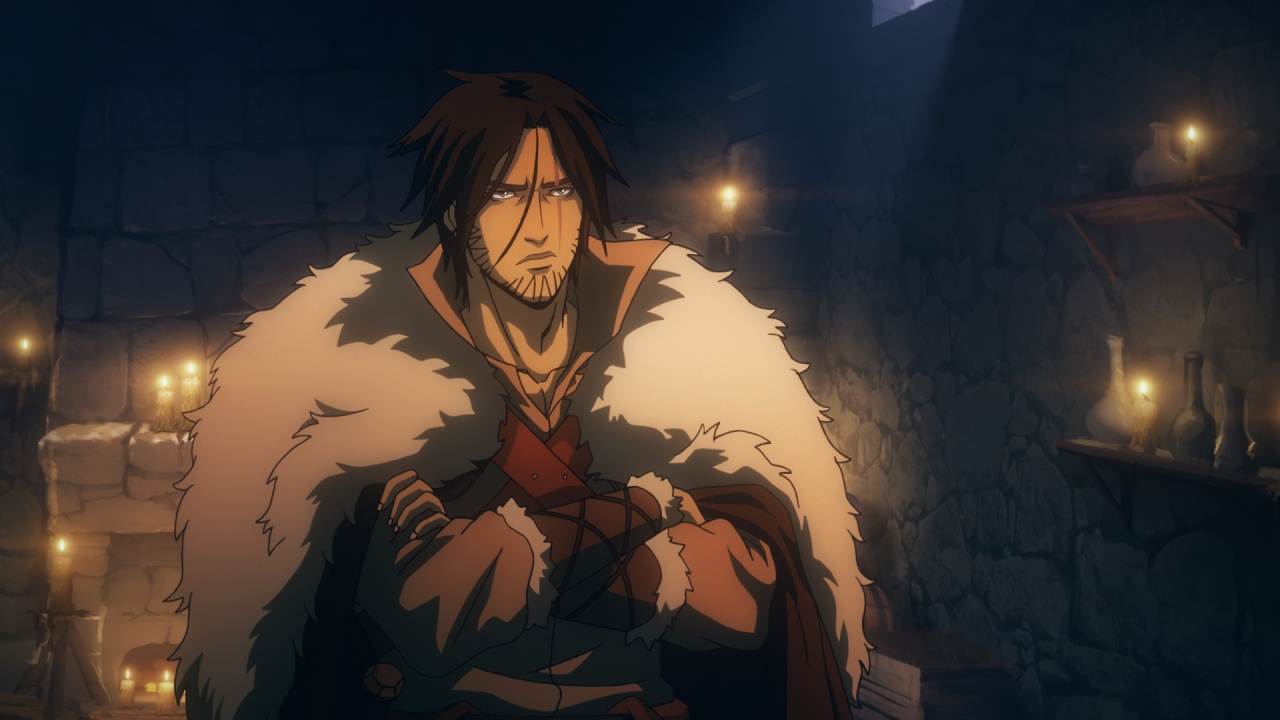
Thing I Didn’t Love: It Wasn’t Nearly As Good As The Other Netflix Castlevania Show
Okay, so maybe this isn’t fair, since the first Castlevania series on Netflix didn’t truly hit its stride until Season 3 (Which was when I started to wonder what other video game franchises Netflix should make into TV shows), but I definitely still liked it more than Castlevania: Nocturne. That said, this might be more my fault than Nocturne’s.
You see, I LIKE Castlevania III: Dracula’s Curse on the NES, which is where Trevor Belmont made his debut appearance (as well as Sypha and Alucard), but I never really connected with that game like I did with Rondo of Blood or Symphony of the Night.
So, I was super surprised when I got utterly and completely invested in the storylines of Trevor and the other characters from the NES-era of Castlevania, since I always considered myself more of a Simon Belmont guy over a Trevor guy.
But, I LOVE Richter Belmont, and so I was hoping to get as invested (If not more so) in Castlevania: Nocturne as I was with the older Castlevania show, but that just wasn’t so. It might be because Warren Ellis, who got in deep trouble due to his scandal, didn’t write for Nocturne (Instead, we get the incredibly talented, Clive Bradley), but there just seems to be something missing that was present for the other Castlevania show, and I sorely missed that here.
Overall though, I’d say it’s minor, and Nocturne may truly hit its stride if it gets more seasons like the first Castlevania show did, but I definitely feel like I was more invested in the first series than I was with this one.
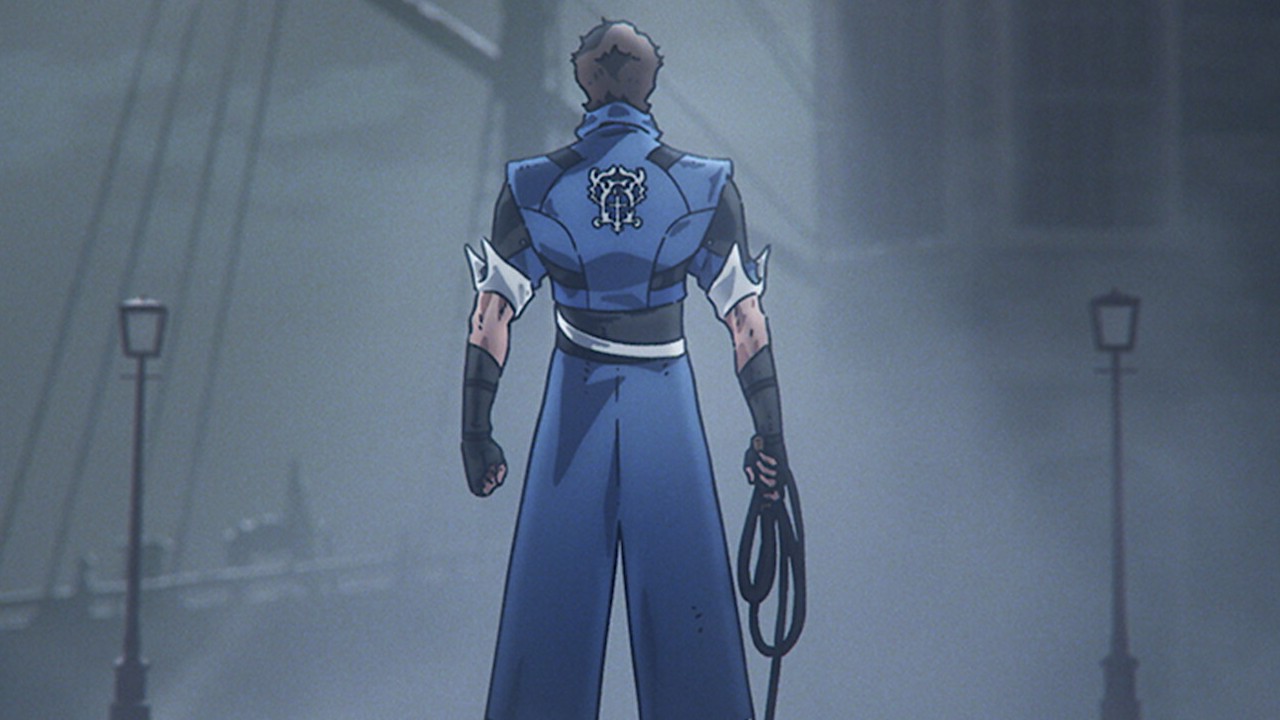
Thing I Loved: The Protagonists
Castlevania isn’t Sonic the Hedgehog. Nor is it Super Mario. In that way, a Castlevania cartoon is going to be nothing like a Sonic the Hedgehog cartoon, or anything like the parade of Nintendo cartoons that we got over the years (Though, Simon Belmont DID appear in Captain N: The Game Master).
Nor should it be. Castlevania: Nocturne, much like the earlier Castlevania show, is rated TV-MA, and earns that title. The characters here curse, violently send monsters back to hell, and have intercourse, which is fine, since this is a cartoon intended for adults. And just like I loved the cast of heroes in the first Castlevania series, I love the heroes in Nocturne, too.
Richter Belmont, voiced by Edward Bluemel, is young and sounds it. He’s the kind of character who knows he has big shoes to fill in the vampire hunting lineage, and he’s trying his best to fill them, but he’s also capable of getting scared and running away from a fight. Maria Renard (WITH HER BIRDS!) is voiced by Pixie Davies, and has all the spunk and toughness that I always imagined her having in the game.
And then, you have Annette (voiced by Thuso Mbedu) who wasn’t in the games (Well, not THIS version), but makes for an amazing addition. She’s an escaped slave who is vying to stop this series' big bad (Who I’ll get into later). She’s also out for revenge after her friend, Edouard (voiced by Sydney James Harcourt) is turned into a monster. All of this is to say that the heroes of this show are really great and thought out. I just wish I could say the same for the villains…
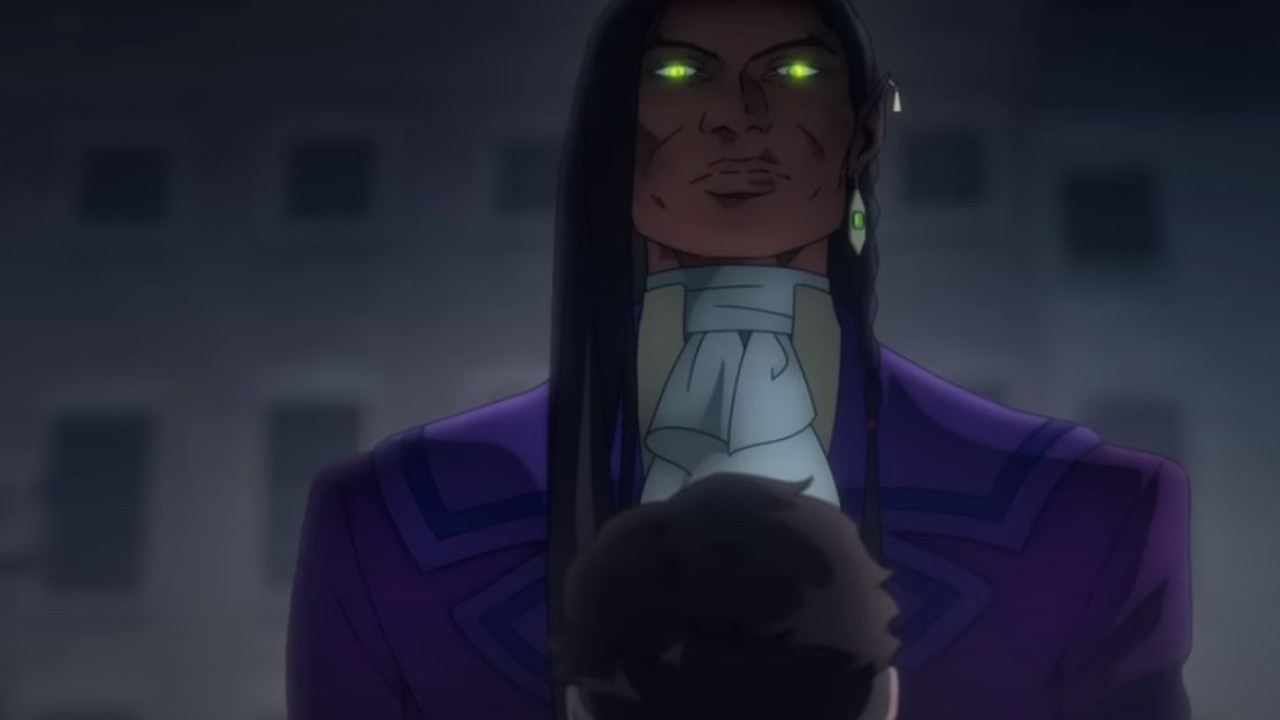
Thing I Didn’t Love: The Antagonists
Like the last Castlevania show, a lot of the villains in this series kind of walk the tightrope between being anti-heroes, and just flat out villains. The characters who walk that very narrow rope, such as the sexy vampire, Olrox (Who’s a boss in Castlevania: Symphony of the Night), voiced by Zahn McClarnon, and the Abbot/forgemaster, voiced by Richard Dormer, are excellent in Castlevania: Nocturne.
But, the rest of the cast of villains…not so much. The main antagonist of this show is real-life historical figure, Elizabeth Bathory (voiced by the star of the under-the-radar ‘90s film, Run Lola Run, Franka Potente) as a vampire queen. She has a second-in-command named Drolta Tzuentes (voiced by Elarica Johnson), and they’re…well, they’re fine.
The thing is, the whole season, Bathory is called the Messiah for the vampires, and when she eventually arrives, she just seems a little one note. She doesn’t seem to have much depth, and it kind of brought the season down a little bit for me since I loved the protagonists so much, but felt so little for the antagonists, but oh well. They can’t all be Dracula.
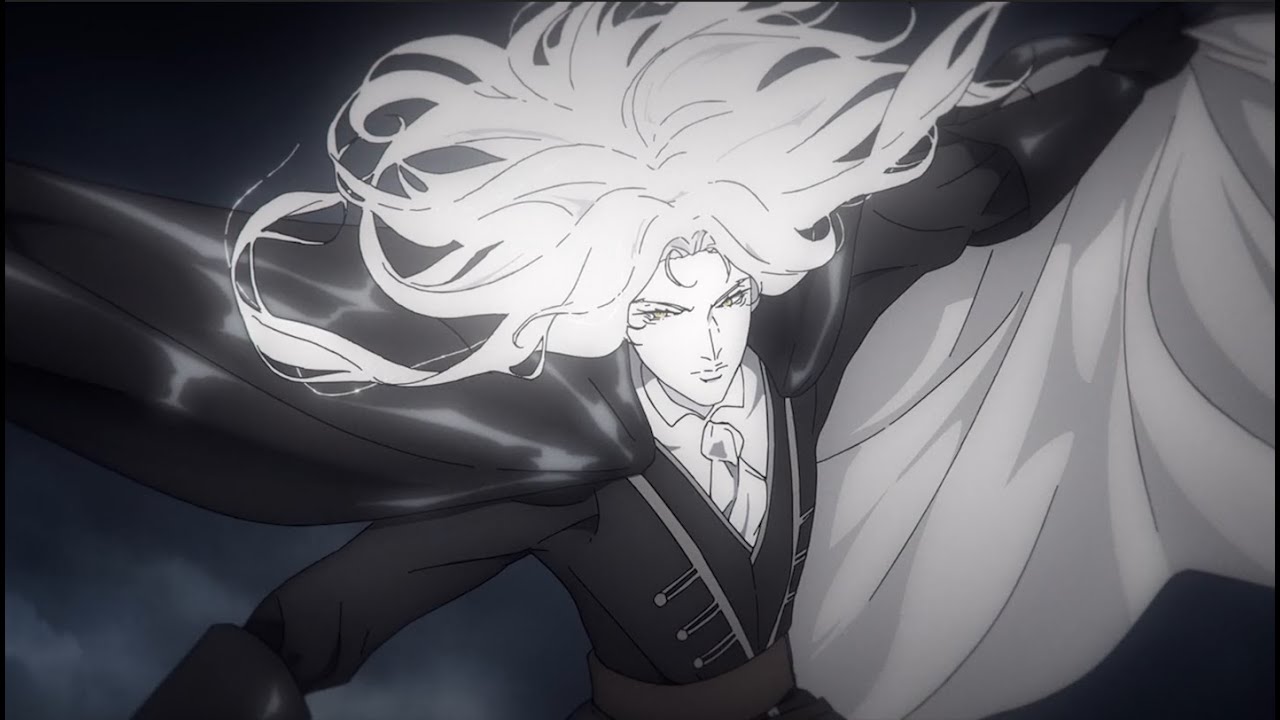
Thing I loved: The Way The Season Ended
Lastly, this season ended off on a high note as Alucard (Once again voiced by James Callis) made an appearance at the very end to come to the rescue. Alucard was definitely my favorite character in the other Castlevania series, and I was seriously just waiting for him to reappear (Initially, I mistook Richter’s grandfather, Juste, for him, but older), and was overjoyed when he did.
This is also another reason why I’m pumped with how this show might tie into Castlevania: Symphony of the Night, since both Alucard and Richter are important characters in that title (And Dracula is, obviously, as well). I wonder if Shaft (No, not that one, this one) will make an appearance in Season 2. That’d be pretty cool.
But, did you see Castlevania: Nocturne? If so, what did you think? For more news on all things Castlevania, make sure to swing around here often!

Rich is a Jersey boy, through and through. He graduated from Rutgers University (Go, R.U.!), and thinks the Garden State is the best state in the country. That said, he’ll take Chicago Deep Dish pizza over a New York slice any day of the week. Don’t hate. When he’s not watching his two kids, he’s usually working on a novel, watching vintage movies, or reading some obscure book.
